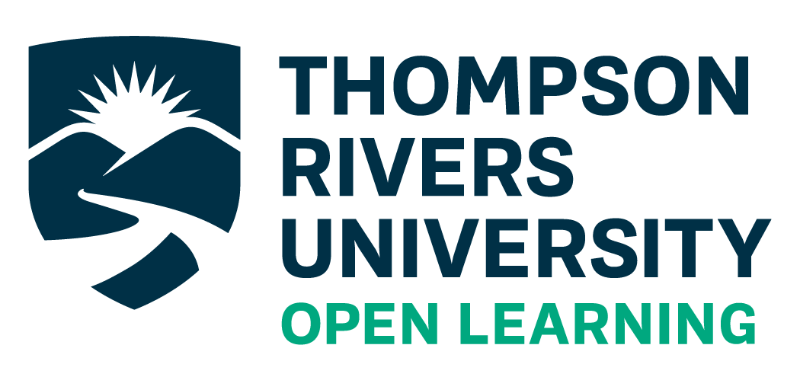Editors can help you with your academic references, as long as you have the source information:
- Title of the work
- Title of the source
- Author/ creator of the work
- url of material source
- Other helpful items are page numbers, dates…
Note: do not include urls to search engine results! Due to different individual algorithms on our PCs, we may never find the image on our own search engine results.
Suggested captions or attributions from Creative Commons
“Furggelen afterglow” by Lukas Schlagenhauf is licensed under CC BY-ND 2.0.
This is an ideal attribution because it includes the:
Author: “Lukas Schlagenhauf“—with a link to their profile page
Source: “Furggelen afterglow“—with a link to the original photo on Flickr
License: “CC BY-ND 2.0”—with a link to the license deed
How you attribute authors of the CC works will depend on whether you modify the content, if you create a derivative, if there are multiple sources, etc.
<Academic Best Practices …need info>
Attributions for Indigenous works #
Indigenous works are all copyrighted and protected by copyright. A general rule of thumb for using Indigenous works is to try to contact the creator of the work or a community/ estate representative, to discuss your intended use and how to attribute the material correctly. [expand]
BC Campus has included an excellent guide, Indigenization Guide: Aboriginal, Indigenous or First Nations? about using Indigenous terms and materials in your OER.
Currently, TRU <who?> is working on creating a repository of collected openly licensed Indigenous images and learning materials.
Important to Keep in Mind: #
- Linking attributions (to source and to CC license info) will not appear in printed format – only web. We get around this by including the information, including the URL in an academic reference at the end of the chapter or by including the full url of the license info after the hyperlinked license.
- References should be included for each section – it is hard for the reader to find the references in one long list at the end of the chapter or at the end of the book.
- Keep CC licensing information with the materials in the caption, or ensure that it is included with the media attributions.
- The automatic inclusion of the media attributions at the end of the chapter/ section are not in an academic format! (see example below).
E.g. we are using the following hybrid academic and suggested Creative Commons format in Christine Miller’s Human Biology OER textbook:
Attributions #
Figure 3.8.1
Chlorine_gas_in_high_concentration by Larenmclane on Wikimedia Commons, is used under a CC BY-SA 4.0 (https://creativecommons.org/licenses/by-sa/4.0/deed.en) license.

Note: we have hyperlinked the source url in the title, the creator page to the author, and the CC licence attribution. We’ve also included the url for the license information so that this info can be visible in printed format.
The default auto media attributions look like this:
Chlorine_gas_in_high_concentration by Larenmclane / CC BY-SA (https://creativecommons.org/licenses/by-sa/4.0) © CC BY-SA (Attribution ShareAlike)
- The default automated attributions will automatically appear at the end of your page (where the images appear) and only if you have added the metadata for each of your images. The default format is sufficient for copyright purposes, but it does not match academic styles.
- We are not including the license info / hyperlinks in the Figures for the Human Biology OER textbook – that information is in the attributions list, so that the Figure captions can have a more descriptive
